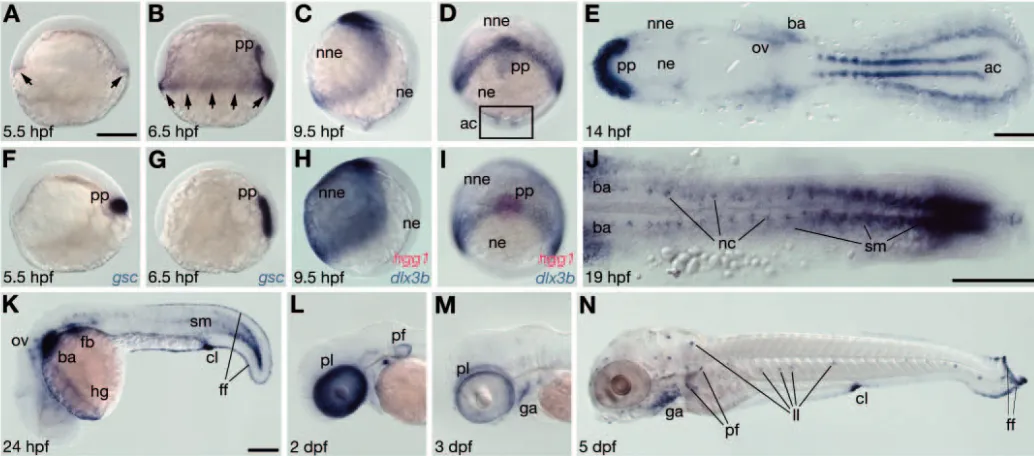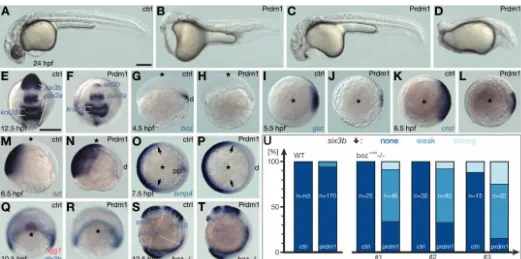Essential roles of a zebrafish prdm1/blimp1 homolog in embryo patterning and organogenesis
Full text
Figure




Related documents
Passed time until complete analysis result was obtained with regard to 4 separate isolation and identification methods which are discussed under this study is as
For the first objective of this study (to see if there is a relationship between the students' writing self-efficacy and their writing performance) and the second objective
In this study, we sought to compare the efficacy and safety of SBRT plus induction chemotherapy and SBRT plus adju- vant chemotherapy and identify clinical factors associated
identified a role for Nuclear Receptor Coactivator 4 (NCOA4) in regulating iron homeostasis.. by binding to ferritin and facilitating its autophagic degradation in a process
In contrast, the execution phase of macrophage apoptosis required phagocytosis of bacteria, suggest- ing a role for intracellular microbial factors.. Since PLY translo- cated to
In this study, we identified several strains with mutations in the ribosomal proteins putatively associated with linezolid resistance; two linezolid- resistant isolates harbored only
Critical fitness genes included those for the synthesis of branched-chain and aromatic amino acids that are essential in mice and humans, the transcriptional elongation factor RfaH,
(A) Type I IFN production by SV40T MEFs from matched wild-type and Sting -deficient mice stimulated with 0.1 M CPT for 48 h, measured by bioassay on LL171 cells (data shown as



